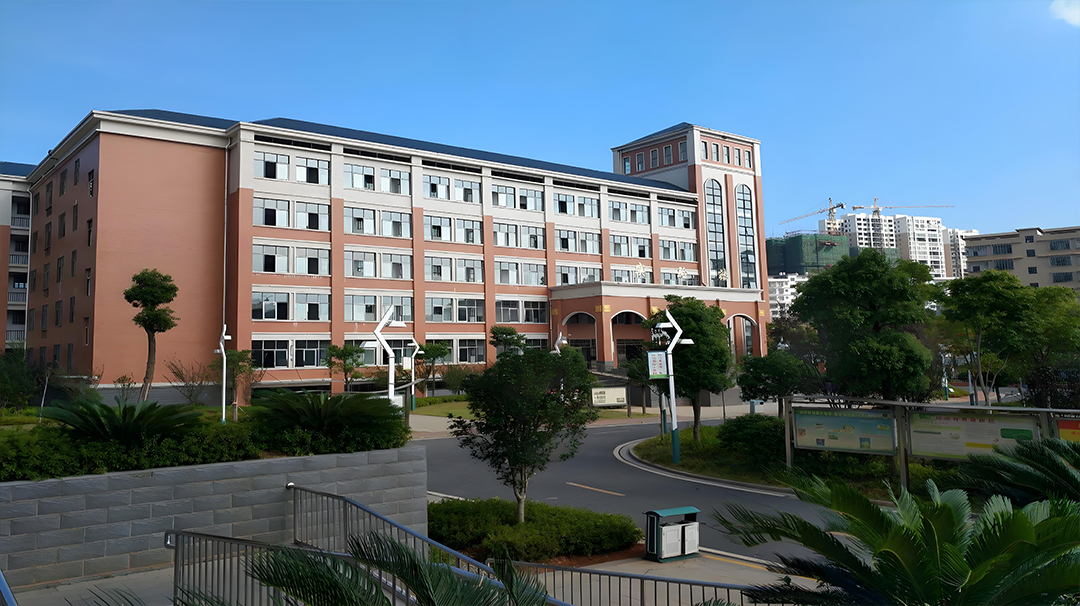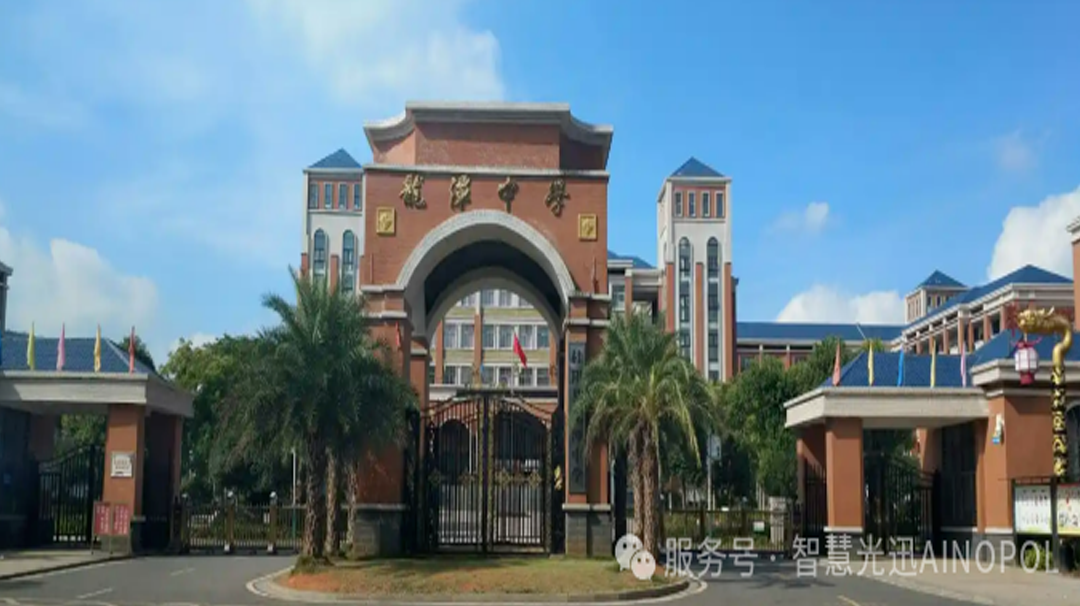
In 2025, when the production and sales of the paint industry are booming, the production workshop of a certain paint company has encountered "sweet troubles" - orders are flying like snowflakes, production lines are running day and night, but workers are frequently trapped in the dilemma of "signal disappearance".
There's no signal again! Move the paint bucket to the door and scan the code.

Such shouts echoed in the factory of a certain paint company in Hebei. Due to blind spots in traditional Wi Fi coverage, workers have to manually transport heavy buckets of paint to signal locations to complete scanning and registration, which not only increases a lot of ineffective labor but also leads to repeated delays in delivery schedules.
Dilemma: When signal blind spots collide with peak production season
Entering the production workshop, you will see a "peculiar" work scene: in the raw material stacking area and finished product temporary storage area, workers do not directly scan codes to record, but push carts to move goods back and forth. The reason is simple - the Wi Fi signal in these areas is intermittent, and the barcode scanner cannot work stably.

We have calculated that each worker travels more than 5 kilometers per day as a result, which is equivalent to consuming 30% more work time per day, "said Manager Wang, who is responsible for production management, helplessly.
What's even more serious is that with the surge in business volume, indoor storage space can no longer meet the demand, and the company plans to build temporary storage greenhouses outdoors. But the harsh environment of severe winter and high summer temperatures in the north has raised higher requirements for network equipment - requiring industrial grade equipment that can operate stably within the temperature range of -25 ℃ to 55 ℃.
The insufficient scalability of traditional networking is becoming increasingly prominent. Every time the production line is adjusted or new equipment is added, network cabling becomes a major project, seriously affecting the progress of the renovation. Digitization of production is imminent, but the internet has become a weak link that hinders progress.
Root seeking: The "Seven Deadly Sins" of Traditional Networking
After in-depth investigation by the technical team, the traditional networking solution has exposed seven pain points:
Limited coverage capability: After a single AP penetrates the wall, the signal attenuation is severe, with an additional concrete wall causing a signal attenuation of about 15dB
Poor roaming experience: There is a noticeable lag when switching between different APs, and scanning services are frequently interrupted
Serious interference: The frequency converter and large equipment in the workshop cause severe interference in the 2.4GHz frequency band
Expansion difficulty: Adding new APs requires independent wiring, with a construction period of up to 3-5 days
Complex management: Each device needs to be configured separately, resulting in low efficiency in troubleshooting
Weak environmental adaptability: Ordinary APs cannot meet the requirements of harsh outdoor environments
Bandwidth bottleneck: Gigabit upstream bandwidth cannot meet the future demand for 8K quality inspection video feedback
We have tried various optimization solutions - adjusting the transmission power, setting weak signal rejection thresholds, and replacing high gain antennas, but they have only treated the symptoms and not the root cause, "said Liu, the head of the IT department.
When the business develops to a certain scale, the structural defects of traditional networking will concentrate and erupt.
Breaking through: the transformation brought by all-optical networking
Faced with difficulties, the technical team of the paint factory made strategic decisions:
Skip the transition plan and deploy the smart optical all-optical network directly
Compared with traditional solutions, all-optical networking has obvious advantages:
Traditional copper cable networking for all-optical networking
Bandwidth capability from gigabit to desktop, from 10G to machine
Transmission medium copper cable (Ethernet cable) optical fiber
Architecture complexity: Multi level switch stack, passive splitter, direct to terminal
Coverage radius: Single AP coverage radius ≤ 15 meters, single PON port coverage ≥ 20 kilometers
Anti interference, susceptible to electromagnetic interference, completely immune to electromagnetic interference
Operation and maintenance efficiency equipment independent management unified network management platform
The lifecycle is 5-8 years and needs to be replaced with a 30-year lifespan
High energy consumption ratio (≥ 5W per point) and extremely low (passive spectroscopy)
New Life: A Smart Factory Connecting All Things with Light
In the paint factory area, the full light network renovation has shown initial results:
Workshop level: Industrial PON technology is adopted, and OLT equipment is deployed in the central computer room. 32 ONUs distributed in the workshop are connected through single core optical fibers, achieving seamless coverage throughout the workshop. The barcode scanner can obtain a stable signal strength of ≥ -65dBm at any position.

EAAS management platform: Unified cloud deployment of devices, achieving "five visualizations" - topology visualization, status visualization, traffic visualization, fault visualization, and security visualization.

The effect is immediate and noticeable
Scan efficiency increased by 300%, no longer requiring manual handling of goods; Save 50% of network operation and maintenance manpower; The network deployment cycle for outdoor storage greenhouses has been shortened from 2 weeks to 3 days.
The all-optical network is not a simple technological upgrade, but a revolution in production methods, "the CIO of the paint factory emphasized at the project summary meeting." As the only paint enterprise in the country to be awarded the title of "National Advanced Collective in Industrial and Information Systems," we must be at the forefront of the new infrastructure wave
Inspiration: The Network Rebirth of Traditional Manufacturing Industry
The practice of this paint factory has provided valuable experience for traditional manufacturing enterprises:
① Top level design first
Incorporate network planning into the overall strategy of enterprise digital transformation and develop a phased implementation roadmap.
② Scenario based deployment
The production area focuses on reliability and anti-interference, the storage area emphasizes environmental adaptability, and the office area focuses on user experience, using optical terminal equipment of different specifications.
③ Green and energy-saving
Passive optical networks save 40% more energy than traditional switches, helping enterprises achieve their "dual carbon" goals.
④ Continuous evolution
Choose a platform that supports coexistence of GPON/XGS-PON/50G-PON three generations to protect investment while ensuring smooth upgrades.
For manufacturing enterprises like paint factories, all-optical networks are not only connecting tools, but also the core infrastructure of intelligent manufacturing.
When the last traditional switch is replaced and taken down
There are no longer scenes of workers pushing paint buckets for signals in the workshop
The beeping sound of the barcode scanner echoed throughout the entire factory area
Play a new chapter in the digital factory
On the broad road paved with fiber optic cables
This leading paint company is painting a magnificent picture of new industrialization




